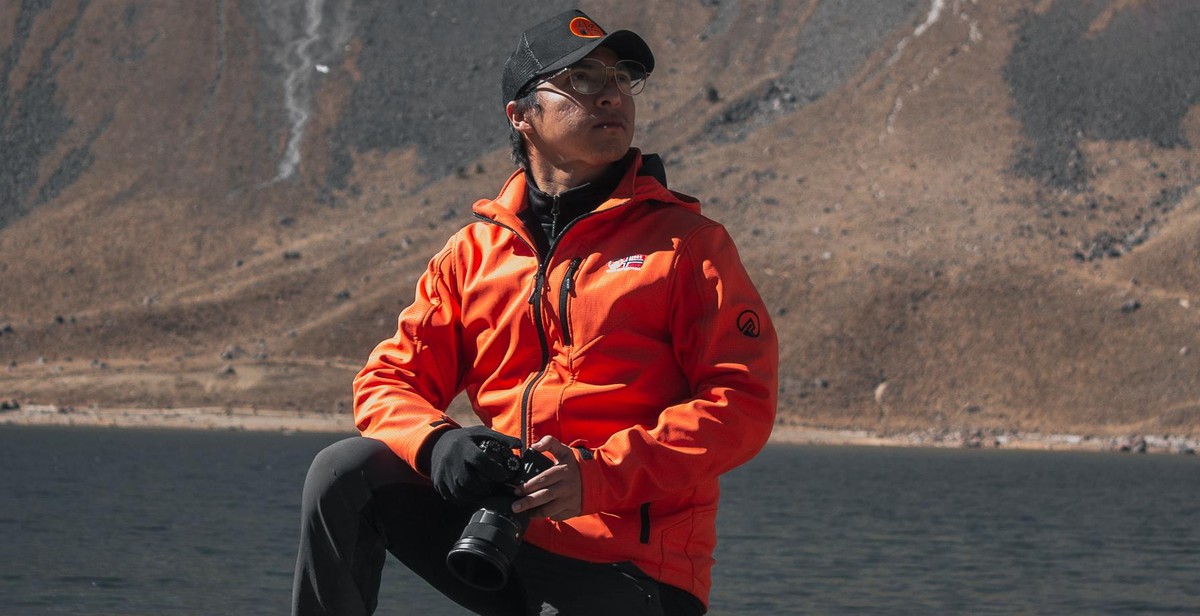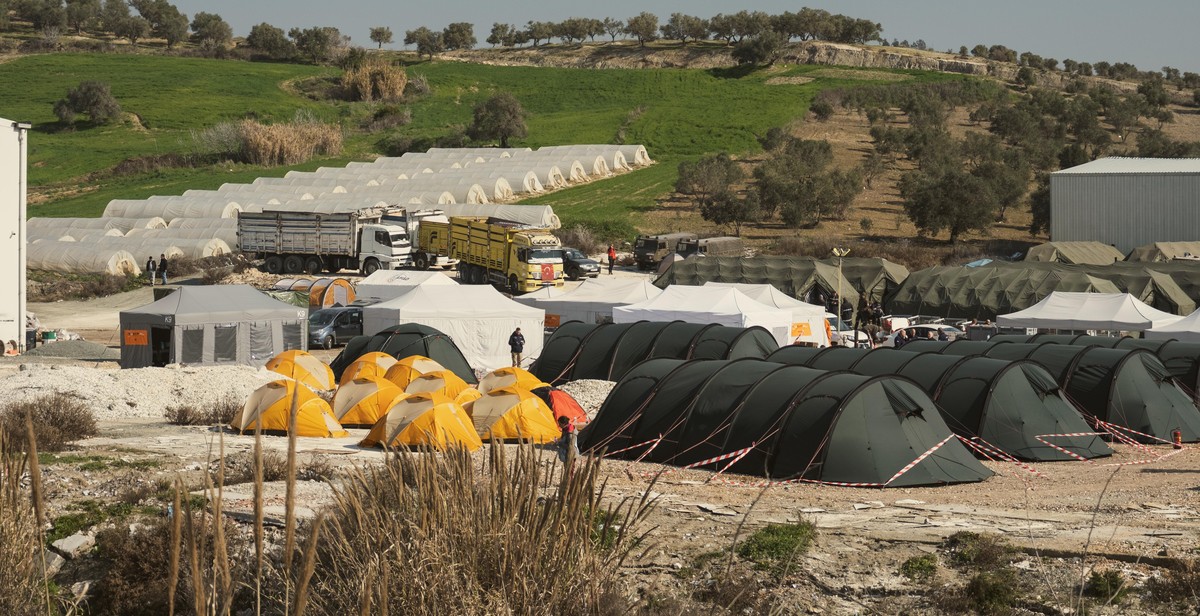Introduction
Volcanoes are some of the most fascinating and awe-inspiring natural phenomena on our planet. However, they can also pose a significant risk to human life and infrastructure. Volcanic eruptions can cause widespread damage and destruction, including the loss of homes, businesses, and even entire communities. That’s why volcano risk mitigation is so important.
A volcano risk mitigation audit is a process of assessing the vulnerabilities of an area to volcanic hazards and developing protection plans to minimize the risks. This involves evaluating factors such as the proximity of communities to active volcanoes, the nature of the surrounding landscape, and the potential impact of different types of volcanic activity.
Why is volcano risk mitigation important?
Volcanic eruptions can have a devastating impact on communities and infrastructure. In addition to the immediate dangers posed by lava flows, ashfall, and other volcanic hazards, there can also be long-term effects such as soil erosion, water pollution, and changes to local ecosystems. By performing a volcano risk mitigation audit, communities and organizations can identify potential risks and take steps to minimize them before an eruption occurs.
Overall, volcano risk mitigation is an essential aspect of disaster preparedness and can help to protect people, property, and the environment from the destructive forces of volcanic activity.

Assessing Volcano Risks
When it comes to assessing volcano risks, it is essential to understand the different types of volcanoes and the hazards they pose. There are three main types of volcanoes: shield, cinder cone, and composite, each with its own unique risks.
Types of Volcanoes and Their Risks
- Shield Volcanoes: These volcanoes have gentle slopes and are characterized by long, flowing lava eruptions. While shield volcanoes are generally less explosive than other types, they can still pose risks such as lava flows and volcanic gases.
- Cinder Cone Volcanoes: These volcanoes have steep slopes and are formed from explosive eruptions of ash and rock fragments. Cinder cone volcanoes can pose risks such as ash fall and lahars (mudflows caused by volcanic ash mixing with water).
- Composite Volcanoes: These volcanoes, also known as stratovolcanoes, are the most explosive type of volcano. They are characterized by steep slopes and explosive eruptions of ash, rock fragments, and lava. Composite volcanoes can pose risks such as pyroclastic flows (fast-moving currents of hot gas and volcanic matter) and lahars.
Volcano Hazard Zones
Once you understand the types of volcanoes and their risks, the next step in assessing volcano risks is to determine the hazard zones around the volcano. These zones are typically divided into three categories:
- Red Zone: This is the area closest to the volcano and is at the highest risk of being affected by volcanic hazards such as lava flows, pyroclastic flows, and lahars.
- Yellow Zone: This is the area surrounding the Red Zone and is at moderate risk of being affected by volcanic hazards.
- Green Zone: This is the area furthest from the volcano and is at the lowest risk of being affected by volcanic hazards.
Determining Vulnerabilities
Once you have determined the hazard zones, the next step is to assess the vulnerabilities of the assets in those zones. This includes infrastructure such as buildings, roads, and bridges as well as natural resources such as forests and waterways. Some factors to consider when determining vulnerabilities include:
- Proximity to the volcano
- Height above sea level
- Structural integrity
- Age and condition
- Accessibility
- Capacity to withstand hazards
By assessing the vulnerabilities of assets in hazard zones, you can develop protection plans that mitigate the risks posed by volcanic hazards.

Developing Volcano Protection Plans
Developing protection plans is a crucial aspect of mitigating the risks associated with volcanoes. These plans must be customized to fit the specific needs of the community and the environment. The following are the types of protection measures that can be used in developing volcano protection plans:
Types of Protection Measures
1. Physical Protection Measures: These involve the use of physical barriers to prevent or limit the impact of volcanic hazards. Examples include building retaining walls, constructing barriers, and creating drainage channels. Physical protection measures are often used in combination with other types of measures.
2. Land-Use Planning: This involves regulating the use of land to prevent or limit the impact of volcanic hazards. Land-use planning can be used to prevent people from building homes or businesses in high-risk areas or to limit the impact of volcanic hazards on critical infrastructure.
3. Early Warning Systems: These systems are designed to alert people to the imminent danger of volcanic hazards. Early warning systems can include sirens, text messages, and other forms of communication.
4. Evacuation Plans: These plans are designed to help people evacuate from high-risk areas before a volcanic eruption. Evacuation plans can include designated evacuation routes, transportation arrangements, and emergency shelters.
Factors to Consider in Developing Protection Plans
Several factors must be considered when developing protection plans. These include:
- The location and size of the volcano
- The type and frequency of volcanic activity
- The population density and demographics of the area
- The availability of resources for protection measures
- The potential impact of volcanic hazards on critical infrastructure
Key Components of a Protection Plan
A protection plan should include the following key components:
- Risk Assessment: This involves identifying the potential hazards associated with the volcano and evaluating the likelihood and consequences of these hazards.
- Preparedness: This involves developing emergency plans, early warning systems, and evacuation plans.
- Response: This involves responding to the volcanic hazard and implementing the preparedness plan.
- Recovery: This involves restoring the affected area to its pre-disaster condition.
| Component | Description |
|---|---|
| Risk Assessment | Identify potential hazards and evaluate likelihood and consequences. |
| Preparedness | Develop emergency plans, early warning systems, and evacuation plans. |
| Response | Respond to the volcanic hazard and implement the preparedness plan. |
| Recovery | Restore the affected area to its pre-disaster condition. |
By developing volcano protection plans, communities can effectively mitigate the risks associated with volcanoes. These plans must be customized to fit the specific needs of the community and the environment. They must also be regularly updated and tested to ensure their effectiveness in the event of a volcanic hazard.
Implementing Protection Plans
Developing protection plans is not enough to mitigate the risks associated with volcanoes. Proper implementation of the protection plans is critical to ensure that the measures put in place are effective. The following are some of the essential steps for implementing protection plans:
Communication and Training
Effective communication is key when it comes to implementing protection plans. All stakeholders, including employees, contractors, and visitors, should be aware of the protection plans in place and their roles in ensuring safety. Training programs should be developed to educate stakeholders on the risks associated with volcanoes and the steps they should take in case of an eruption.
- Regular training programs should be conducted to refresh knowledge and skills
- The training programs should cover evacuation procedures, communication protocols, and emergency response procedures
- All stakeholders should be aware of the location of emergency exits, assembly points, and other essential safety equipment
Regular Drills and Exercises
Drills and exercises are essential in testing the effectiveness of protection plans and identifying areas that need improvement. Regular drills and exercises should be conducted to ensure that all stakeholders are familiar with the protection plans and can respond appropriately in case of an emergency.
- Drills should be conducted at least twice a year
- Scenarios should be developed to test the effectiveness of the protection plans in place
- Feedback should be collected from all stakeholders to identify areas that need improvement
Regular Maintenance and Upgrades
Regular maintenance and upgrades are necessary to ensure that protection plans remain effective. Volcanoes are dynamic, and the risks they pose can change over time. Therefore, protection plans should be reviewed regularly to ensure that they are up to date and can effectively mitigate the risks associated with volcanoes.
- Regular inspections should be conducted to identify any potential hazards
- All safety equipment should be maintained regularly and replaced when necessary
- Protection plans should be updated to reflect any changes in the risks associated with volcanoes
| Step | Description |
|---|---|
| Communication and Training | Develop training programs to educate stakeholders on the risks associated with volcanoes and the steps they should take in case of an eruption |
| Regular Drills and Exercises | Conduct regular drills and exercises to test the effectiveness of protection plans and identify areas that need improvement |
| Regular Maintenance and Upgrades | Regularly review protection plans to ensure that they remain effective and up to date |

Conclusion
In conclusion, performing a volcano risk mitigation audit is a crucial step in protecting your community, property, and assets. It helps to identify vulnerabilities, assess potential risks, and develop effective protection plans that can save lives and minimize damage in the event of an eruption.
The Importance of Regular Audits
Regular audits are essential to ensure that your protection plans remain effective and up-to-date. Volcanic activity can change rapidly, and what worked in the past may not be sufficient in the present. By conducting regular audits, you can identify new vulnerabilities, assess the effectiveness of your protection plans, and make any necessary adjustments to ensure that your community remains safe and protected.
Expert Assistance
It is recommended that you seek the assistance of experts in conducting a volcano risk mitigation audit. These professionals have the necessary knowledge, skills, and experience to identify potential risks, assess vulnerabilities, and develop effective protection plans. They can also provide you with valuable advice on how to implement these plans and ensure that they remain effective over time.
| Benefits of Regular Audits | Expert Assistance |
|---|---|
|
|
Overall, a volcano risk mitigation audit is a critical step in protecting your community and assets from the devastating effects of a volcanic eruption. By conducting regular audits and seeking expert assistance, you can ensure that your protection plans remain effective and up-to-date, and that your community remains safe and protected.
